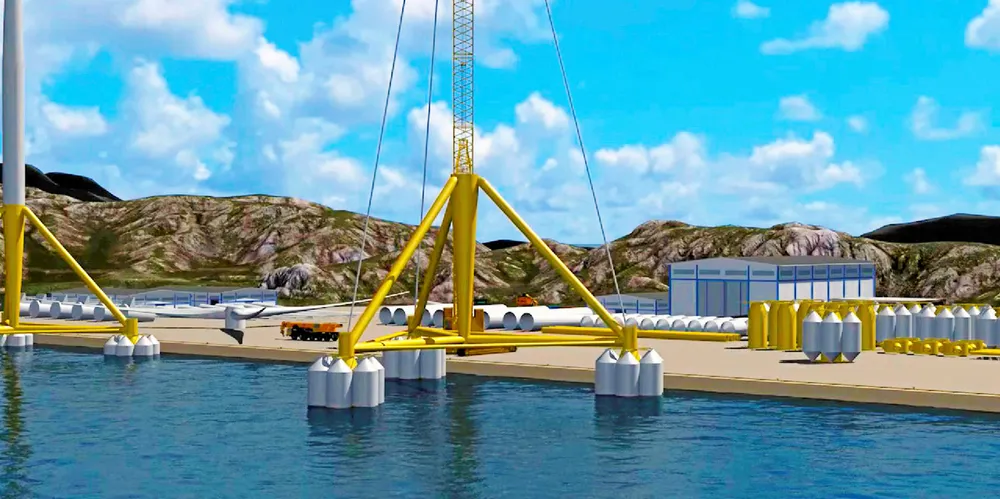'Triple-digit million investment' gives Stiesdal the funds to execute four game-changing technologies
Finance from PensionDanmark will be used to progress low-cost floating wind, energy storage and electrolysis solutions, as well as carbon-negative aviation fuel
